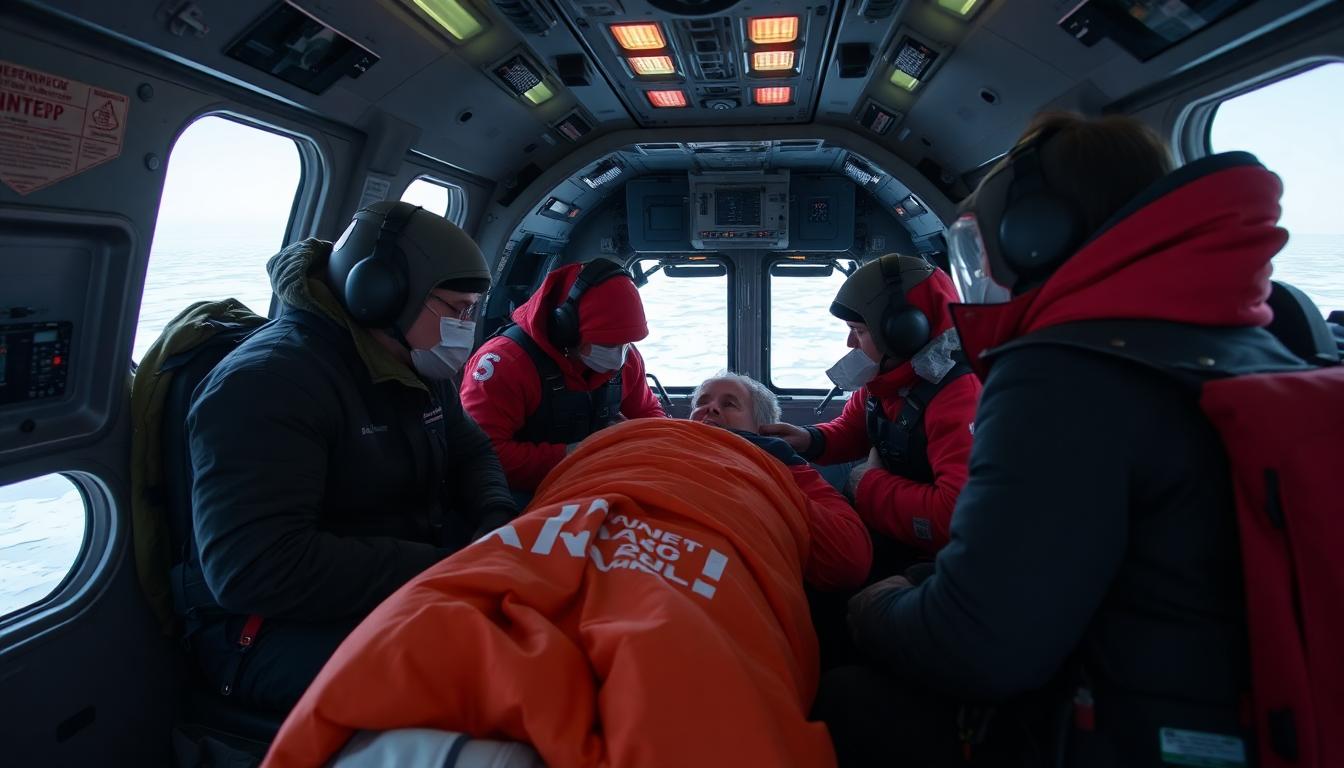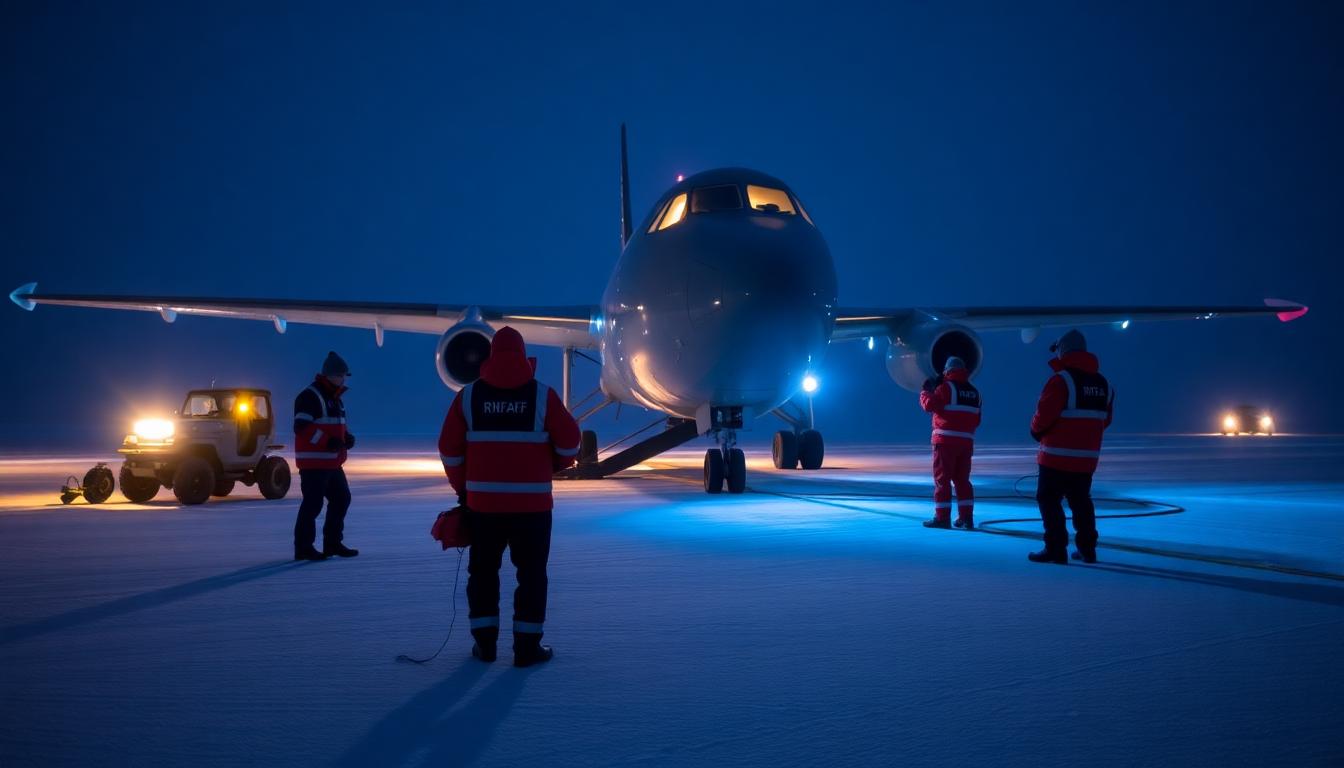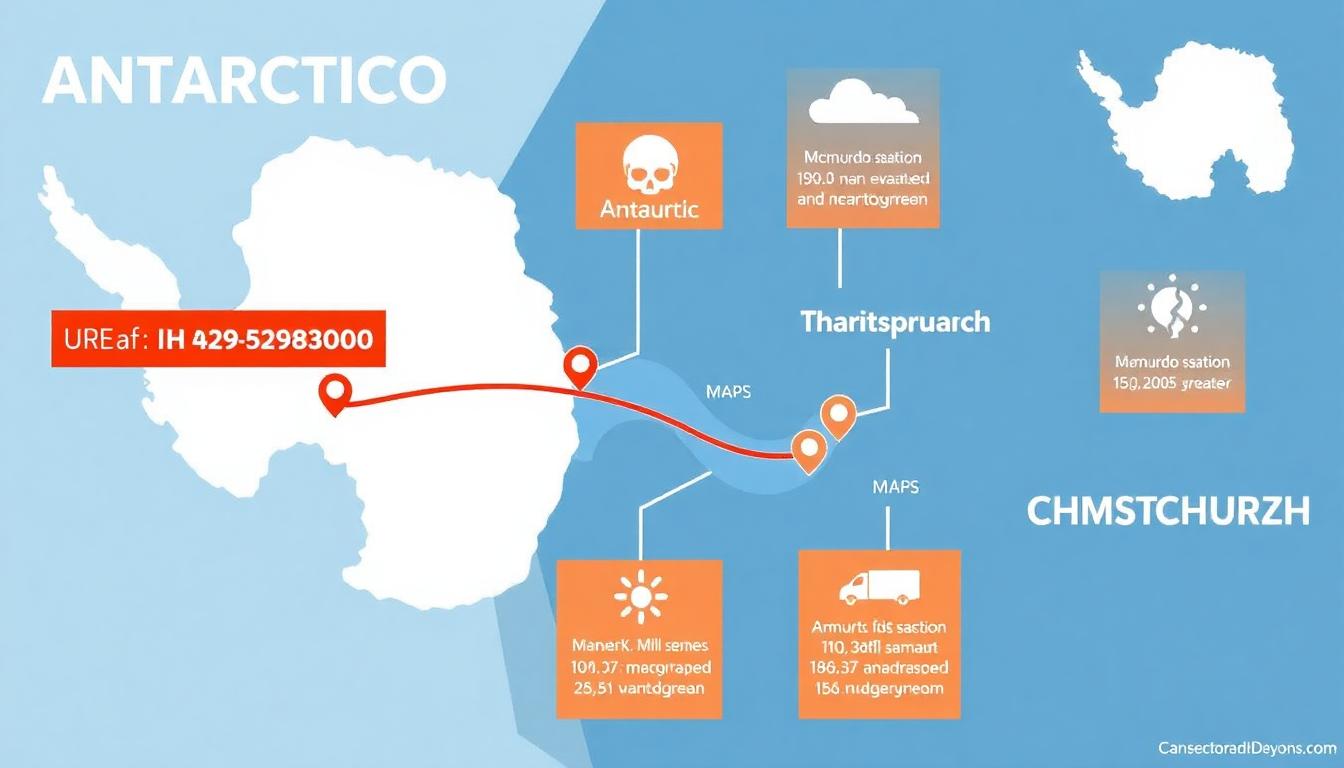In one of the most challenging rescue missions in recent years, New Zealand’s Air Force completed a nearly 20-hour medical evacuation from Antarctica’s McMurdo Station, saving the lives of three Americans stationed at the U.S. research base. The high-risk operation showcased cutting-edge teamwork and technology in some of Earth’s harshest conditions.
The Medical Emergency
The crisis began when three American researchers needed urgent treatment—details about their specific injuries or illnesses remain private. At this time of year, Antarctica is locked in darkness and bitter cold. Conditions at McMurdo Station can drop as low as -24°C (-11°F), complicating every step of the response.
Mission Planning Under Extreme Pressure
Flight crews with the Royal New Zealand Air Force (RNZAF) readied a C-130J Hercules, prepping in New Zealand for a mission that would push human and machine limits. Antarctic winter missions mean total night, unpredictable storms, and no alternate runways if things go wrong.
Cautious decision-making starts days before takeoff. Weather teams, scientists, and pilots must find a narrow window of safety. Only after conditions were confirmed did the mission launch, with extra aircraft and medical support teams positioned in both Auckland and Christchurch for backup.
The Nighttime Antarctic Airlift

Pilots relied on night-vision goggles for navigation. The only light for landing was from headlamps and vehicle beacons scattered on the runway, groomed by U.S. support staff beforehand. After landing, teams immediately boarded the patients, bundled in protective gear and supported by an onboard physician and paramedics.
Inside the Hercules, the team worked in freezing temperatures and low light. Breaths steamed in the dark; medical gear was insulated to prevent failures. Flight medics continued care throughout the journey north.
Ground Prep and Runway Risk

The Antarctic ice runway must be specially prepared using heavy equipment—flattening, clearing, and studying the ice’s surface thickness. RNZAF ground teams de-iced the Hercules aircraft as quickly as possible to keep engines running and avoid freezing during loading and refueling stops.
Every step required precision and speed. If a storm had rolled in during landing or takeoff, the mission could have been stranded. Pilots and support staff have world-class training in these scenarios, drawing on expertise from similar rescues over the past decade.
The Route: Antarctica to Safety

The entire airlift—nearly 20 hours door to door—ended in Christchurch, New Zealand, where the patients received further hospital care. Hot refueling was performed along the route to prevent the engines from freezing, with careful coordination between all teams.
The journey crossed thousands of miles of open, frozen landscape, with no safe airports past a certain latitude—meaning every element had to go exactly as planned.
International Coordination and Lessons Learned
U.S. officials praised the operation, calling it “flawless.” This rescue demonstrates how international partnerships—especially between New Zealand and the U.S.—are vital for safety on the most isolated continent.
Antarctic rescues push aviation and medical logistics to the brink. All supplies, teams, and contingencies must be ready, and weather changes can turn success into disaster in minutes. Technology like real-time weather monitoring and night-vision navigation is now critical to mission safety.
Why Such Rescues Matter
With ongoing research in Antarctica, medical emergencies are inevitable. The region’s isolation and dangers mean that pre-planning, rapid decision-making, and coordination between nations are the difference between life and tragedy. The success in this case stands as a model for future polar rescues—as climate and science missions send more people to these remote frontiers.
To contact us Click Here.

